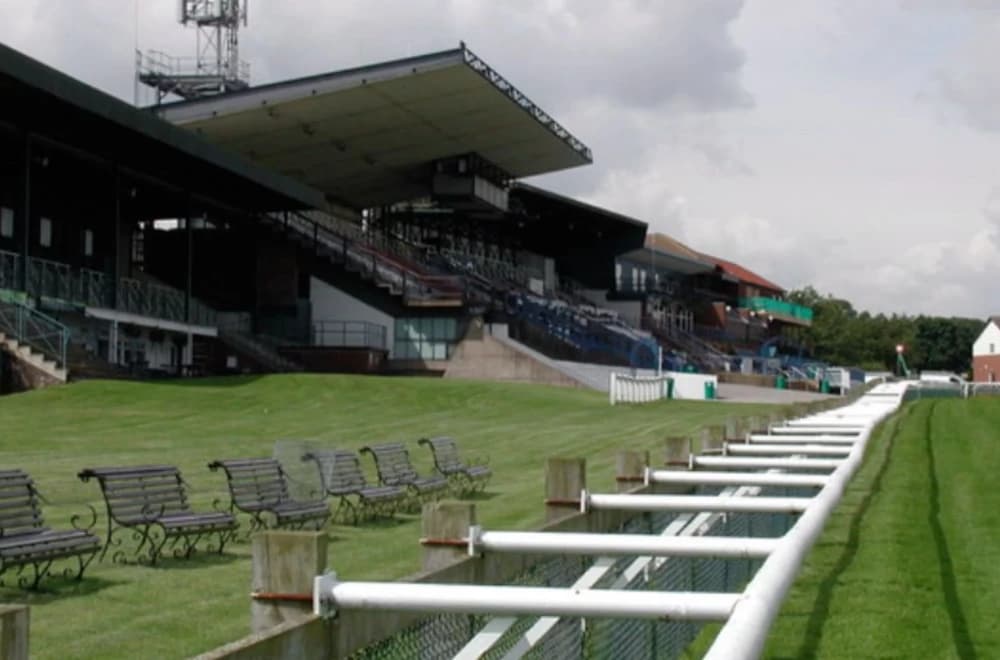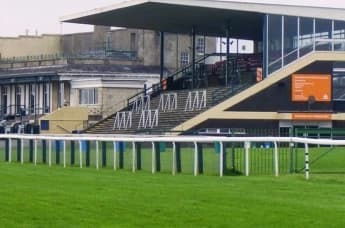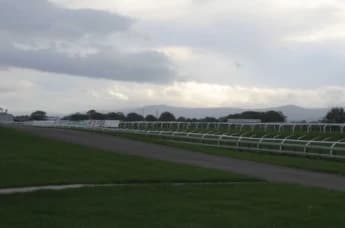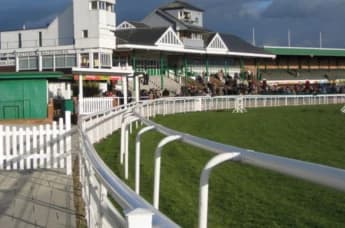Introduction
Beverley Racecourse, situated in the town of Beverley in the East Riding of Yorkshire, England, is a historic venue dedicated to thoroughbred horse racing. With a history spanning over 300 years, the racecourse is an integral part of the local community and the broader horse racing tradition in the UK.
Historical Background
The roots of Beverley Racecourse can be traced back to the early 18th century. The establishment of The Jockey Club in 1752 played a pivotal role in formalizing the presence of horse racing in Beverley. The occasional races held at Westwood Pasture were recognized, leading to the founding of Beverley Racecourse. The first annual meeting at the racecourse took place in 1767. However, racing was briefly halted between 1798 and 1805. By the late 19th century, a three-day meeting had become a regular event, typically held in the week following York's May meeting
Course Characteristics
Beverley Racecourse is a right-handed, flat course that stretches just over 1 mile 3 furlongs. Although the course is predominantly flat, it is renowned for its challenging uphill finish and tight turns. A notable feature of the racecourse is the pronounced "draw bias" on its 5-furlong course, where the sharp right-hand bend and sloping ground provide a significant advantage to horses drawn on the inside rail.
Developments and Grandstands
The racecourse has seen significant developments over the centuries. The first grandstand was commissioned on 22 May 1767 at a cost of £1,000. In 1968, a new grandstand was added to the Tattersalls enclosure, costing £90,000. In August 2018, plans were announced for a £4.8 million grandstand to replace the existing structure from the 1960s, with an expected completion date of April 2021.
Introduction
Beverley Racecourse, situated in the town of Beverley in the East Riding of Yorkshire, England, is a historic venue dedicated to thoroughbred horse racing. With a history spanning over 300 years, the racecourse is an integral part of the local community and the broader horse racing tradition in the UK.
Historical Background
The roots of Beverley Racecourse can be traced back to the early 18th century. The establishment of The Jockey Club in 1752 played a pivotal role in formalizing the presence of horse racing in Beverley. The occasional races held at Westwood Pasture were recognized, leading to the founding of Beverley Racecourse. The first annual meeting at the racecourse took place in 1767. However, racing was briefly halted between 1798 and 1805. By the late 19th century, a three-day meeting had become a regular event, typically held in the week following York's May meeting
Course Characteristics
Beverley Racecourse is a right-handed, flat course that stretches just over 1 mile 3 furlongs. Although the course is predominantly flat, it is renowned for its challenging uphill finish and tight turns. A notable feature of the racecourse is the pronounced "draw bias" on its 5-furlong course, where the sharp right-hand bend and sloping ground provide a significant advantage to horses drawn on the inside rail.
Developments and Grandstands
The racecourse has seen significant developments over the centuries. The first grandstand was commissioned on 22 May 1767 at a cost of £1,000. In 1968, a new grandstand was added to the Tattersalls enclosure, costing £90,000. In August 2018, plans were announced for a £4.8 million grandstand to replace the existing structure from the 1960s, with an expected completion date of April 2021.







